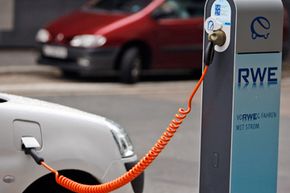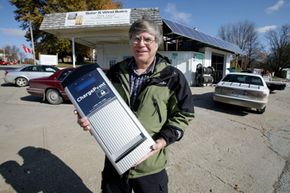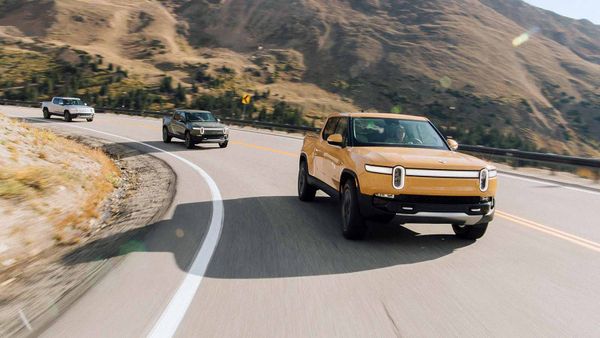Many experts think that the 2010s will be the decade of the electric vehicle (EV), with hundreds of thousands of battery-powered cars appearing on the roads by mid-decade. These cars, trucks and SUVs will lack the internal combustion engines that have turned the wheels of most cars, even hybrids, for the last century. Instead, they'll use motors powered by an array of electric batteries, a form of energy considered cleaner and safer than fossil fuels like gasoline. Electric cars don't pollute either -- at least not at the tailpipe, and they don't necessarily deplete the Earth's remaining reserves of fossil hydrocarbons. Electric vehicles, in other words, are environmentally friendly and won't damage the planet we live on.
The major problem with getting drivers to adopt electric car technology is not that they have a limited range -- new technologies have greatly increased the distance that an electric vehicle can travel on a single charge -- but rather the awkwardness of recharging the battery array. Promoters of these vehicles like to reassure prospective buyers that they can simply install a small charging station in their garage and power up the batteries overnight by drawing electricity from the local grid. But a lot of people don't have garages. They live in apartments or small suburban homes and park their cars on the street or in massive parking lots. This leaves, by some estimates, about 80 percent of car buyers with no place to plug their electric car into the grid [source: Garthwaite]. Where are these people going to charge their EVs? And while most driving takes place within 25 miles (40.2 kilometers) of home, sometimes people like to take longer trips. Where will they recharge their EVs when they're out on the road?
Advertisement
The best presently available solution to this problem is the charging network. These are small charging stations no larger than a gas pump that are networked together. The stations can talk to one another and your car can talk to them too, via the Internet. This allows you to locate stations along your intended route and reserve them for your use. Once the infrastructure is in place, these stations will be available in private neighborhoods and along roadways, just where you need them.



